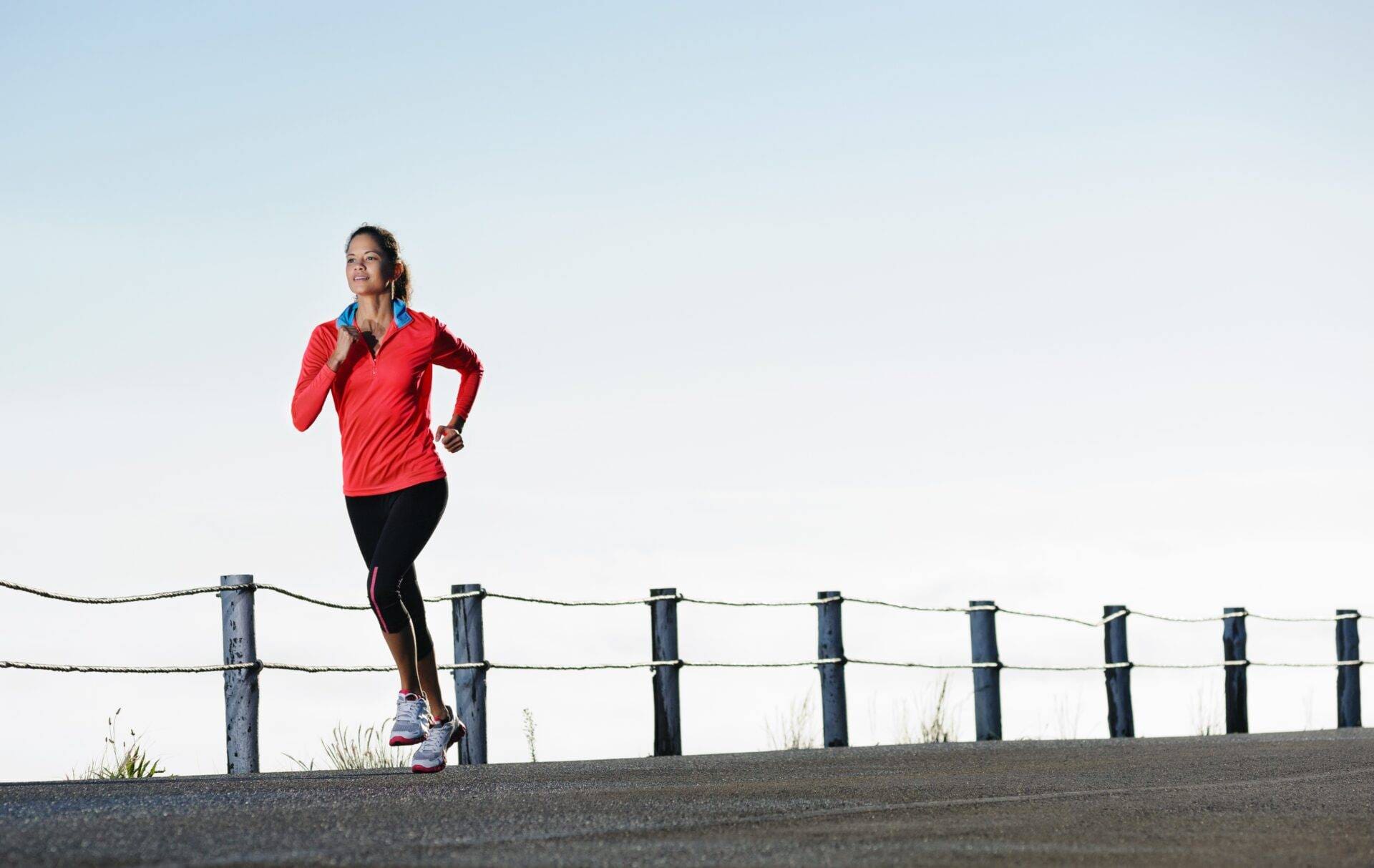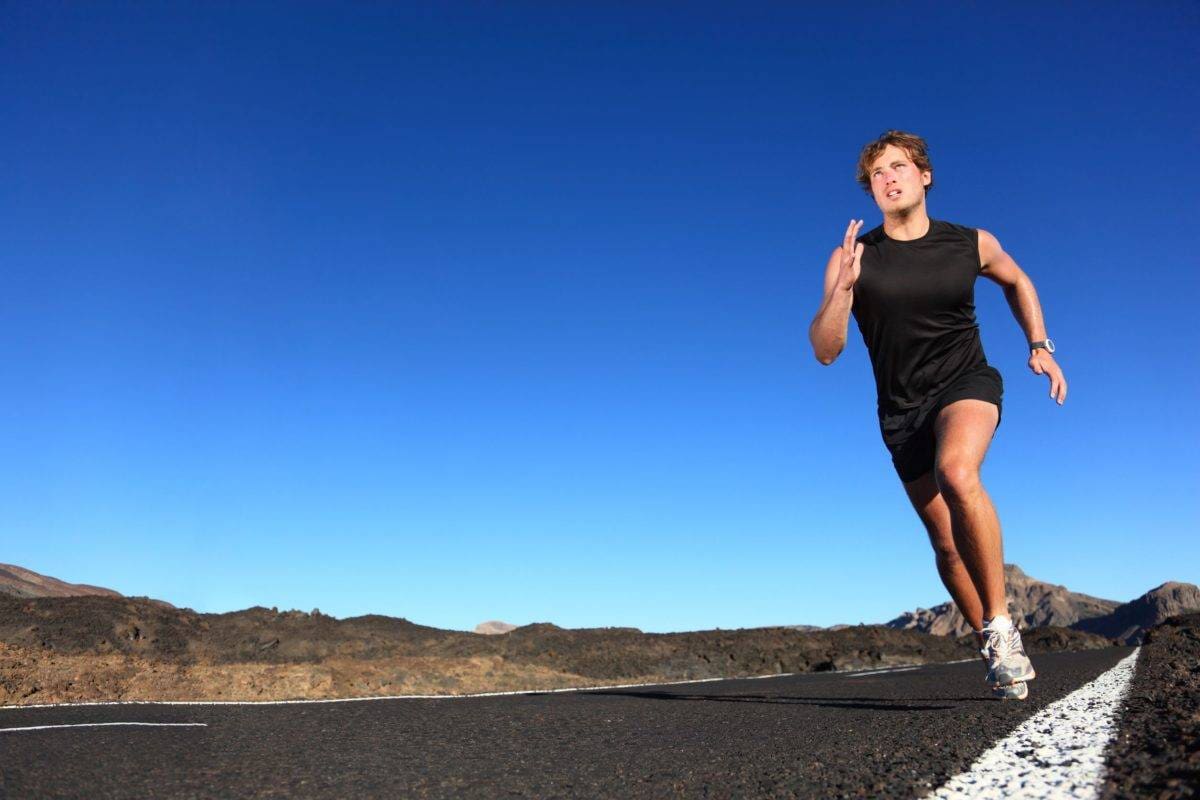By Dr. Ryan Trueman, BSc, DC
With the Blue Nose marathon kicking off just over a month from now, there’s no better time to talk about the some of the most common aches and pains runners experience and what we can do to help.
Runner’s Knee
Runner’s knee (also known as Patellofemoral Syndrome) is a very common injury amongst runners and the one I see most often. It is generally described as a pain under the kneecap and most commonly presents after long runs and downhill training. Pathologically, it is a breakdown and irritation of the cartilage underneath the patella (kneecap). The patella should move in a certain pattern when the knee moves and in this condition it does not for any number of reasons. Often these issues stem from poor hip, ankle, and foot mechanics and therefore it is a great example of the problem area not being the only area to fix.
What you can do:
- Add in more rest days throughout the week
- Shorten your stride length
- Avoid downhill running and focus on uphill running
- Precise exercises to target specific mechanical deficiencies
Some Of What Active Approach Can Do For You:
- Prescribe rehabilitation exercises to your specific deficiencies
- Provide soft tissue techniques such as ART
- Provide Graston and Instrument Assisted Soft Tissue Mobilizations
- Provide Acupuncture to assist with imbalances/pain
- Assess gait and your need for orthotics
- Athletic taping to help with patellar tracking
- Potential modalities to help modulate pain and speed up healing time

Achilles Tendonitis
This condition is generally felt most obviously in the Achilles tendon at the base of the calf and the back of the heel. It is generally brought on with a high volume of training and overworking tight tissue that can lead to inflammation and microtears. One thing I should mention right away is this is not one you want to run through! It can lead to bigger issues in the Achilles tendon and greatly prolong your injury timeline. Should you notice any swelling with this condition I would highly suggest you seek out a health care professional to fix you up immediately!
What you can do:
- Ice the area after long runs
- Stretch your calves. Note: this is preventative and not recommended immediately following injury. A health professional should assess the area to ensure the proper time to introduce stretching, as it can be harmful at the wrong time.
- Limit your running volume and stop with pain
- Potentially feels better with compression socks
Some Of What Active Approach Can Do For You
- Modalities including Low-Level Laser Therapy to help modulate pain and speed up healing time
- Provide soft tissue techniques such as ART at the appropriate time
- Provide Graston and Instrument Assisted Soft Tissue Mobilizations
- Provide Acupuncture to assist with healing and muscular changes
- Assess gait and your need for orthotics
- Provide ankle and foot adjustments to help gait biomechanics
- Prescribe specific rehabilitation exercises
Plantar Fasciitis
This condition is also usually a result of high volume changes (especially if you work on your feet a lot of the day outside of running) and is most commonly felt as nagging pain under the heel. A common sign of plantar fasciitis is pain with your first few steps in the morning that slowly gets better than worse throughout your day. It is highly influenced by the mechanics of your foot and therefore it needs a treatment plan that is tailored to you. For example, runners with high arches, low arches, over-pronation (the ability for the foot to roll inwards during gait), and over-supination (the ability for the foot to roll out during gait) are all at an increased risk for this condition and they would all have many different plans. It is an injury a lot of people tend to run through however this will also prolong your injury timeline. In more severe cases running is removed completely while other activities are used to maintain cardiovascular endurance.
What you can do:
- Reduce training volume
- Ice the area
- Roll out the inflamed area (can combine with icing by using a frozen water bottle)
- Soft footwear around the house
Some Of What Active Approach Can Do For You
- Modalities including Low-Level Laser Therapy to help modulate pain and speed up healing time
- Provide soft tissue techniques such as ART
- Provide Graston and Instrument Assisted Soft Tissue Mobilizations
- Assess gait and your need for orthotics
- Provide ankle and foot adjustments to help gait biomechanics
- Provide Acupuncture to assist with healing and muscular changes
- Prescribe specific rehabilitation exercises

Shin Splints (Medial Tibial Stress Syndrome)
This is another condition I see quite often and is typical in runners who increase their volume too quickly without appropriate rest periods. It is often described as pain along the inside of the shin or back of the calf and is felt both during and after runs. It can be further classified as either anterior or posterior shinspints depending on which muscle is injured. With either condition, shinsplints should not be run through, especially if the pain lingers after running as this can actually lead to a stress fracture. If the pain begins, take a few days of rest and reduce the training volume or distance. Backing off and giving this condition rest in the early phases is essential to reduce the severity. When reintroducing volume the 10% rule is helpful. Never increase your volume/intensity by more than 10% per week.
What you can do:
- REST!
- Ice the area when painful
- Limit your running volume/intensity and implement the 10% rule
- Especially seek out a health professional if you find it difficult to walk or jump
Some Of What Active Approach Can Do For You
- Assess the need for further imaging under the suspicion of fracture
- Modalities including Low-Level Laser Therapy to help modulate pain and speed up healing time
- Provide soft tissue techniques such as ART
- Provide Graston and Instrument Assisted Soft Tissue Mobilizations
- Assess gait and your need for orthotics
- Provide ankle and foot adjustments to help gait biomechanics
- Provide Acupuncture to assist with healing and muscular changes
- Prescribe specific rehabilitation exercises
- Athletic taping
It should be noted that gait assessments early in the season may also be warranted. Pain-free does not always mean you do not have any biomechanical or compensatory patterns and by addressing these before high-volume training we can help prevent future issues.
In closing, there are a vast number of injuries you may experience while training. It is essential to get a proper diagnosis and treatment plan to ensure you decrease your healing time and get back to training as quickly as possible. We are here to help you achieve your training goals and keep you pain-free! Should you have any further questions feel free to book a consultation with one of our many qualified professionals at Active Approach Health and Wellness Centre.
Happy and Pain-Free Training!
“I struggled with a nagging injury that went undiagnosed until I was assessed at Active Approach. The treatment was unique and delivered relief almost instantly. I am back in the game thanks to the team at Active Approach. Thank you!”

